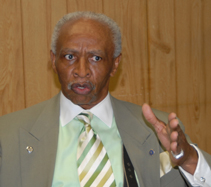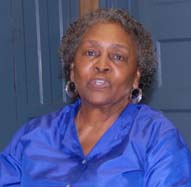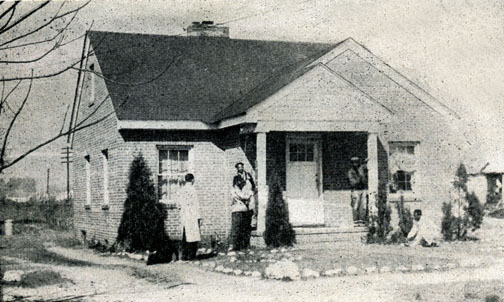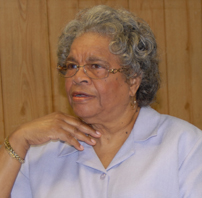

Social Activism and Social Justice |
||||||||||||
"We were taught of the importance of education. This was the way the teachers showed us to face life and to face injustices. We were being prepared through learning. And we were being prepared to work together." Helen Mercer Dixon This research project falls within the realm of the “long civil rights movement”—an effort to examine the struggle for civil rights and social justice during the decades before the 1954 Brown v. Board of Education Supreme Court decision. One of the more complex questions that arises in the field of education concerns teachers’ efforts to engage in political and cultural struggle. Black teachers during the 1940s who were members of the NAACP ran the risk of losing their jobs; public statements and actions could have been life-threatening. Even support of unions could cause a teacher to be dismissed, as was the case at the participating Secondary School Study site, Huntington High School, nearby in the Hampton Roads, VA area. |
||||||||||||
 Otis Cooper |
|
|||||||||||
from Secondary School Study documents: “No matter what a child does during or after high school, he cannot escape his citizenship responsibilities. We try to plan the social studies in Booker T. Washington so that our children get continuous help in understanding the social obligations of young and old citizens. We try, as far as we know how, to help them as they read about, think about and talk about social obligations. Then we try to help them find chances to actually carry out social obligations that children can safely carry out. This is why we encourage all students to read and react to ideas expressed in newspapers and in radio broadcasts. In fact, this is why we teach history, for history tells the story of man’s successes and failures. As we direct students in their studies of great events, personalities, important trends and movements, we try to help them understand why some events were successful, why others were unsuccessful, and how this information can be used in solving current problems in our society. |
||||||||||||
“I don’t remember segregation discussed that much in class because we learned that at home. Our parents were teaching us what to do out in society. The teachers and parents were working together." Lenora Bradley |
|
|||||||||||
"I don’t recall teachers talking about racial injustice. But they did talk about the importance of registering to vote. And they talked about how to handle ourselves in downtown stores—especially when we were not waited on. Those were interesting times. The teachers told us to be courteous and to let the salespeople finish what they were doing . . . then we were to leave without causing a scene." Mary W. Dawson |
 Mary W. Dawson |
|||||||||||

an institutional member of the International Coalition of Sites of Conscience
Museumofed@gmail.com


